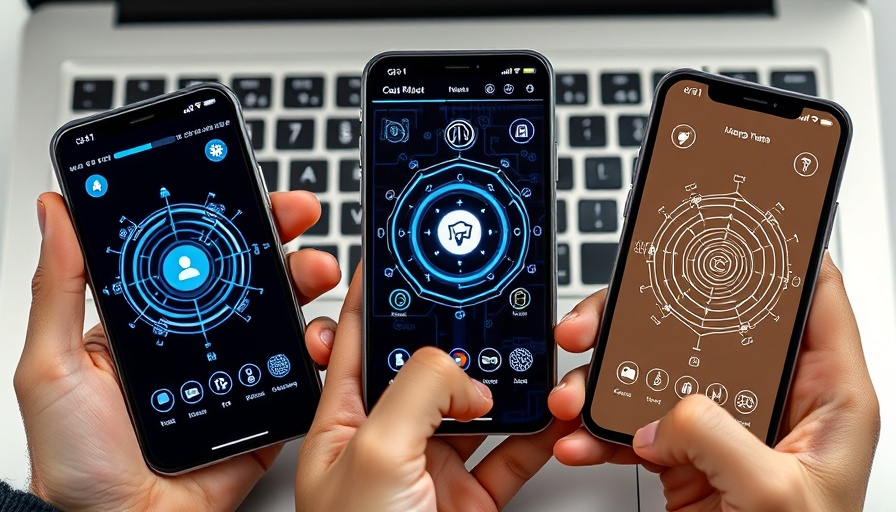
The Rise of AI Writing: Understanding Its Implications
In recent years, AI writing tools like ChatGPT and Google Gemini have transformed the way we approach written content. Students can generate cover letters within seconds, while businesses streamline communication with quick email drafts. However, as convenient as AI can be, the prevalence of robotic prose raises concerns about originality and authenticity. Educational settings, in particular, have not escaped this trend, with professors increasingly implementing AI detection tools to safeguard academic integrity.
Detecting AI: A Game of Cat and Mouse
As AI technology advances, so too does the challenge of detecting AI-generated content. One solution, GPTZero, relies on a sophisticated algorithm to analyze text and determine its likelihood of being AI-generated. In my recent tests of five popular AI detection apps, I discovered a range of effectiveness, highlighting a clear winner and one that significantly underperformed.
Finding the Champion: GPTZero’s Performance
During my evaluation, GPTZero stood out as the most reliable tool, performing extraordinarily well across different tests. Not only could it efficiently assess a sample chapter from my book, but it accurately flagged AI-generated cover letters, scoring them at a stunningly high probability of AI authorship. This remarkable accuracy proves essential for students who fear being caught in an academic setting. However, it’s worth mentioning that the app did have some false alarms, misidentifying a few human-written sentences as AI-generated.
What About Alternative Apps?
Among the other contenders, Originality.AI offered decent performance but didn’t quite reach the standards set by GPTZero. Although effective for basic detection, it lacked the nuanced analysis that identifies more sophisticated content produced by AI. For students wishing to safeguard their work, knowing the strengths and weaknesses of each tool is vital.
Empowering Students: Navigating the Challenge of AI Detection
As technology evolves, students must remain vigilant about their writing methods. Knowing that instructors have access to robust tools should encourage learners to develop their skills rather than rely solely on AI assistance. By understanding the capabilities and limitations of AI detection software, students can confidently navigate their educational landscape while maintaining their individual voice.
Your Writing, Your Voice: Tools for Authenticity
Consider integrating tools that help you refine your writing style rather than relying entirely on AI-generated content. Upholding originality is crucial in maintaining academic integrity, especially when the stakes are high. It's important to strive for a balance where AI complements your skills instead of overshadowing them.
Ultimately, as we embrace the capabilities of AI, it's essential to cultivate a personal writing style that conveys your authentic voice. And if you're seeking a way to bypass AI detectors effortlessly, check out Prompt 2 Human for resources!
 Add Row
Add Row  Add
Add 




Write A Comment